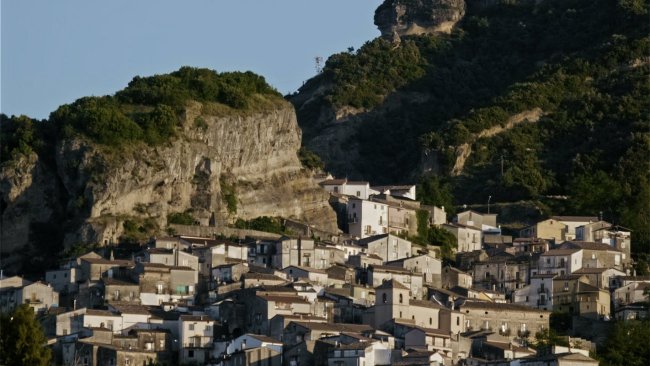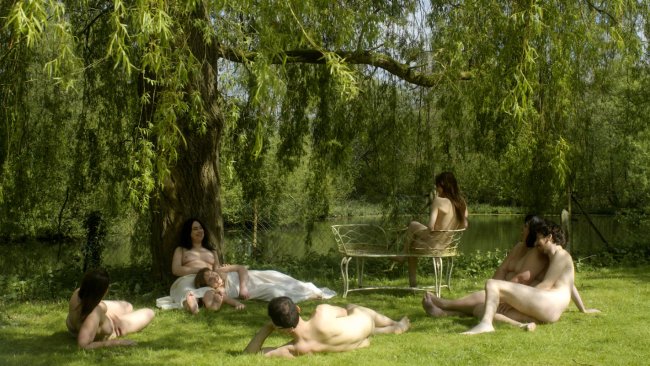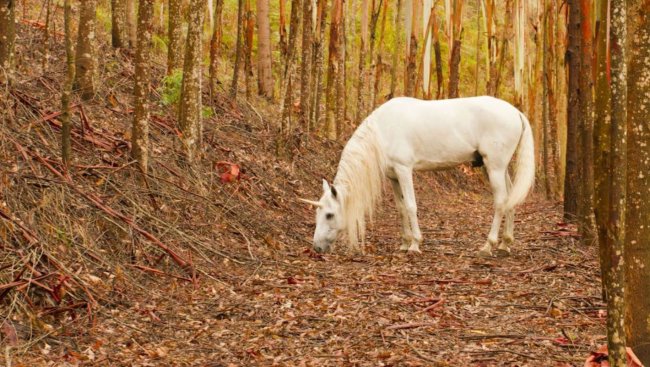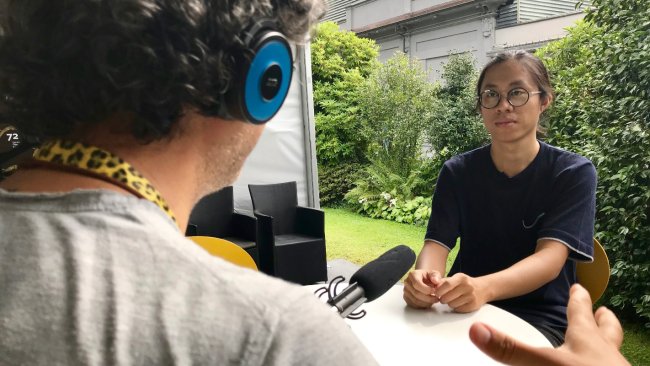La paloma y el lobo
[…] Carlos Lenin appears to follow Luis Buñuel’s great lesson of «Los olvidados» (1950), in which the poor and exploited take substantial risks to take the wrong path in his/her life, so that «La paloma y el lobo» will likely resemble a modern and Mexican «Woyzeck» (or «Peter Grimes»).
[…] For this journey, Carlos Lenin reveals surreal and dreamy scenes of great impact that slowly build a parallel line of undefinable and intense sensations – skillfully underlined through delightful sound work.
Text: Giuseppe Di Salvatore

Mexico’s recent stories – both in film and in reality – have accustomed us to violence being the main focus. In a way, Carlos Lenin’s La paloma y el lobo is not an exception, but only insofar as violence is present as an incumbent off-screen, somewhere in the past, or in the future. It is an atmosphere, a possibility, something initially external to the pair of lovers who appear to create an oasis of affection and care. The polarization between the couple and the family, the society, goes through the entire film, and enhances the role of the two main protagonists as heroes, whose nicknames – paloma, the dove and lobo, the wolf –refer to innocence, or naiveté, and loyalty, or loneliness respectively. They are young, outsiders, and poor, but this classical schema – noble hero in a corrupt society – is only the starting point of a story that develops as a never-ending crisis of the couple. Carlos Lenin appears to follow Luis Buñuel’s great lesson of Los olvidados (1950), in which the poor and exploited take substantial risks to take the wrong path in his/her life, so that La paloma y el lobo will likely resemble a modern and Mexican Woyzeck (or Peter Grimes).
The lovers’ storyline, with its events and the description of the social context, is actually only one dimension of the film, and probably not the most successful, at least in terms of narration. The tension of the drama is often lessened, so that we feel that the story is sometime not able to progress: the result is an immanent sensation of suspension that burdens the evolution of the story. However, once again, this storyline is probably only the tip of the iceberg, where the iceberg is an extraordinary filmic journey into the sentimental and psychological landscape of the two young lovers. For this journey, Carlos Lenin reveals surreal and dreamy scenes of great impact that slowly build a parallel line of undefinable and intense sensations – skillfully underlined through delightful sound work. More than the unit of the couple against family and society, it is the unit of their inner lives (even against the events affecting their lives) that works as a sheltered place of affection and care, even if affection will not exclude feelings such as fear and anxiety. We have the impression that the more the events separate the lovers, the more their souls will find a deep harmony.
With a circular structure, after an amazing shot where the lovers find liberation and unity in the sea, the elements of water and swimming that open the film return, as if to define the liquid and elusive limit between reality and dream, despair and hope. The end is also the moment for us to know about a traumatic event of el lobo’s past that will retrospectively explain his stubborn sadness and also some of the oddest scenes of the film. This gain in the comprehension of the story is not essential for the “underwater” emotive line of La paloma y el lobo, which is powerful and convincing independently of, and probably thanks to, the narrative hesitations of the story.
This article contains a third-party video. If you would like to watch the video, please adjust your settings.
Info
La paloma y el lobo | Film | Carlos Lenin | MEX 2019 | 106’ | Locarno Film Festival 2019
Swatch Art Peace Hotel Award at Locarno Film Festival 2019
First published: August 22, 2019



